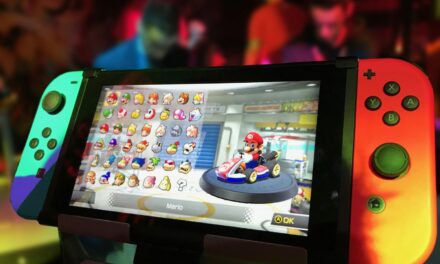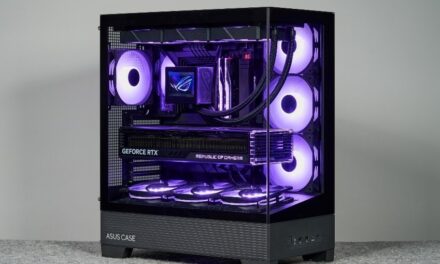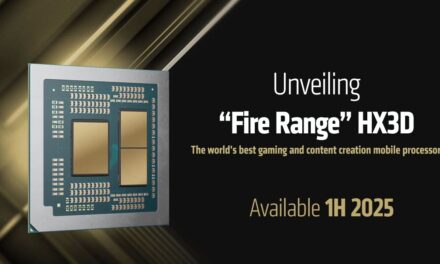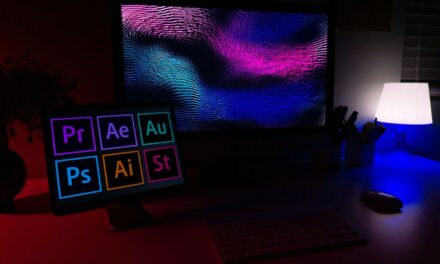
Building a Budget Gaming PC in 2024: If you take your time, you can find good deals!
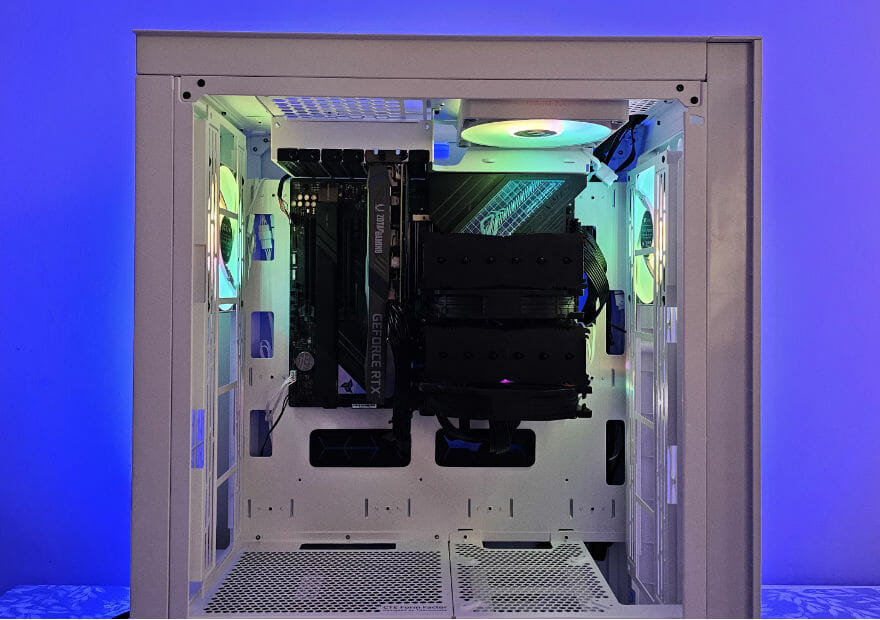
Building a budget gaming PC in 2024 can be both an exciting and daunting task. With the rapid advancement in technology, finding the best value-for-money components requires careful consideration and research. This guide provides a detailed look at selecting the right parts, assembling your PC, understanding performance benchmarks, and exploring potential upgrade paths. Let’s dive into creating a powerful yet cost-effective gaming rig.
Choosing the Right Components
Picking the right components is important. For a budget build, you want parts that are obviously budget-friendly, but that also offer solid performance. So here’s our pick of parts that will give you bang for your buck:
Processor (CPU)
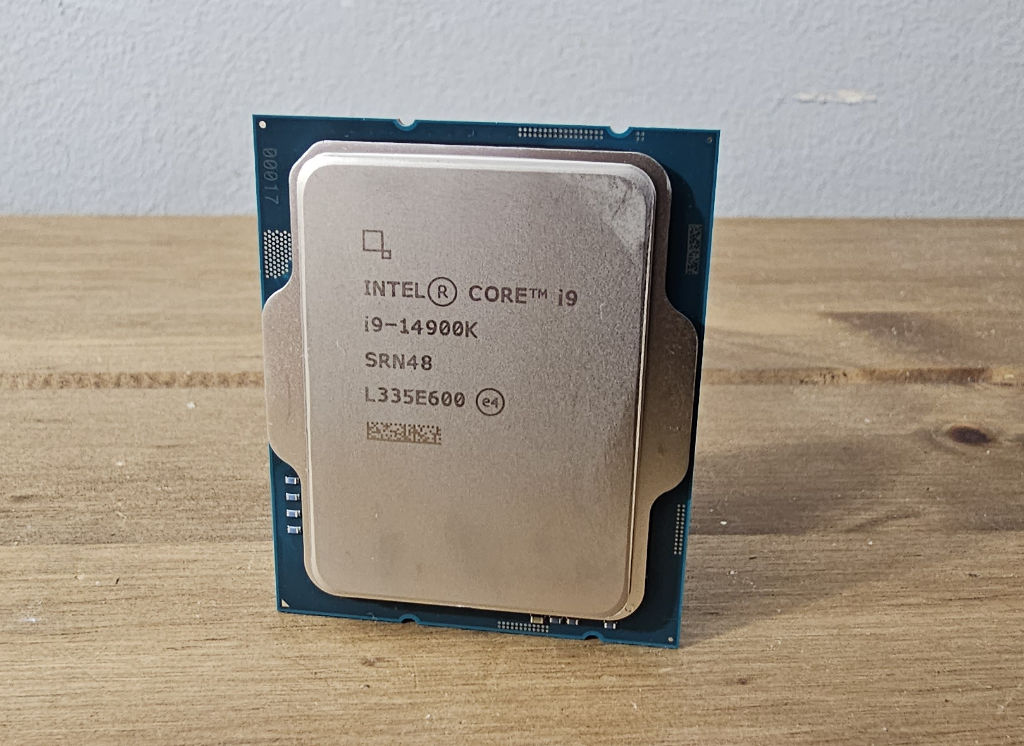
- AMD Ryzen 5 5600: A solid choice with 6 cores and 12 threads, offering great performance for gaming and multitasking. It provides excellent value for money, priced around £108 on Amazon UK.
- Intel Core i5-12400F: Another budget-friendly option with 6 cores and 12 threads, known for its efficiency and performance in gaming applications, costing approximately £99 on Amazon UK.
Graphics Card (GPU)
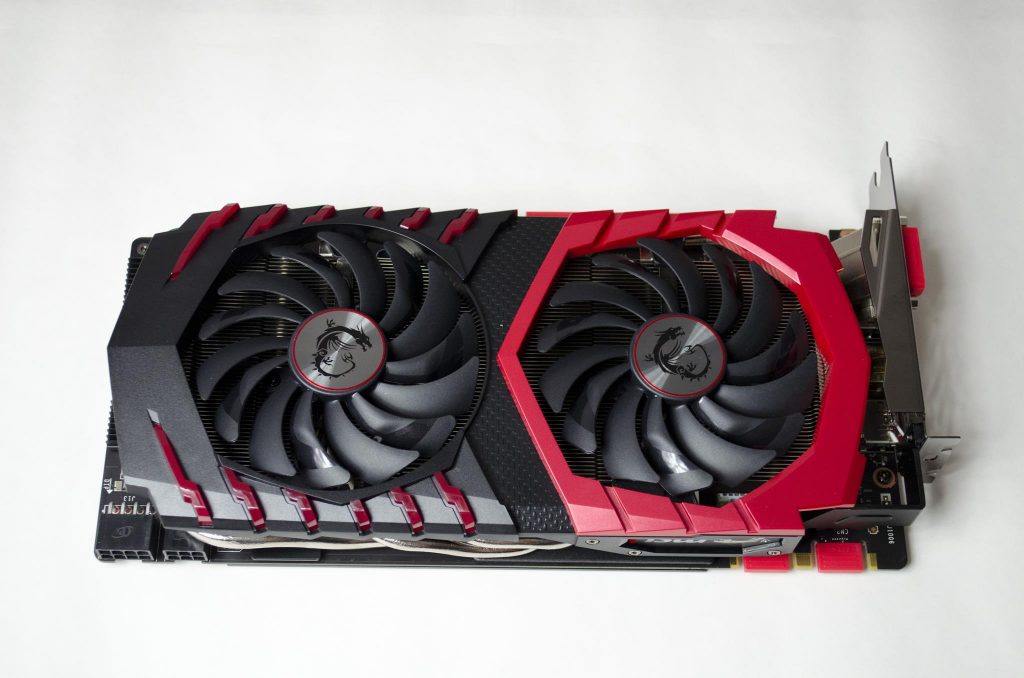
- NVIDIA GeForce RTX 3060: Offers good performance at 1080p gaming with a reasonable price tag of around £250 on Amazon UK.
- AMD Radeon RX 6600: Provides excellent 1080p performance and competitive pricing, usually available for around £200 on Amazon UK.
Memory (RAM)
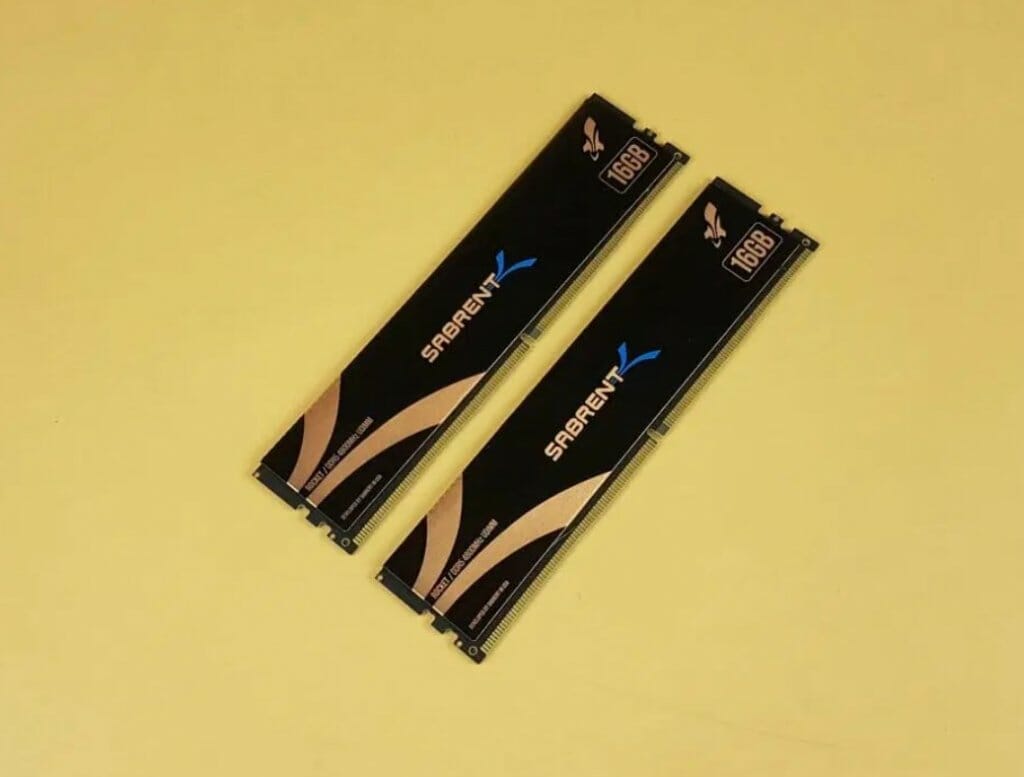
- Corsair Vengeance LPX 16GB (2 x 8GB) DDR4-3200: Ensures smooth performance in gaming and multitasking, costing about £35 on Amazon UK.
Storage
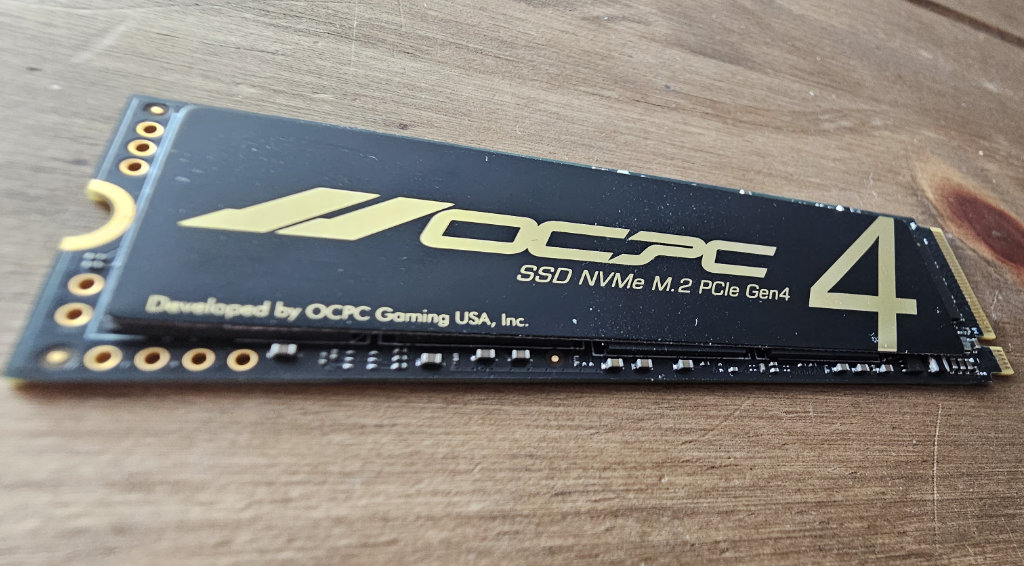
- Kingston NV2 500GB NVMe SSD: Offers fast load times and adequate storage for your games and applications, priced around £37 on Amazon UK.
Motherboard
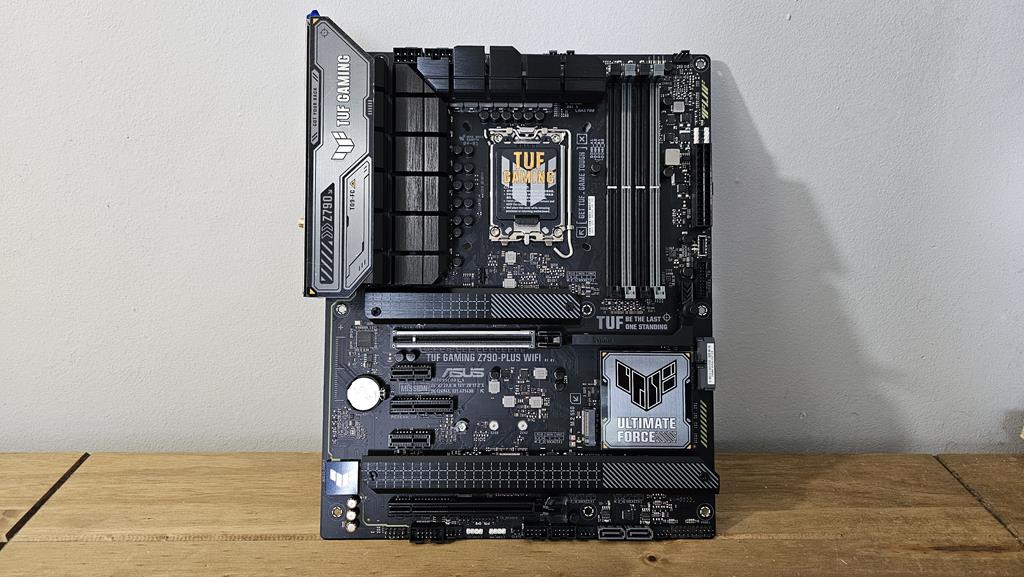
- MSI B550-A PRO: Compatible with Ryzen CPUs, offers good features and future upgrade potential, priced at approximately £100 on Amazon UK.
- ASUS Prime B560M-K: A solid choice for Intel builds, offering a good balance of features and performance for around £116 on Amazon UK.
Power Supply (PSU)
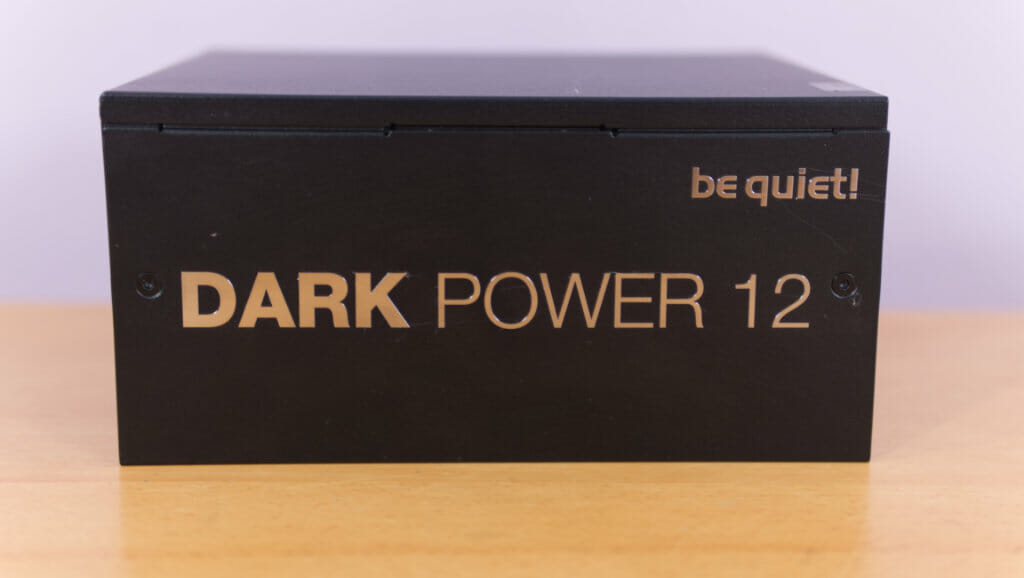
- Corsair CX550 550W 80+ Bronze: Reliable and efficient, providing enough power for your components, priced at around £42 on Amazon UK.
Case
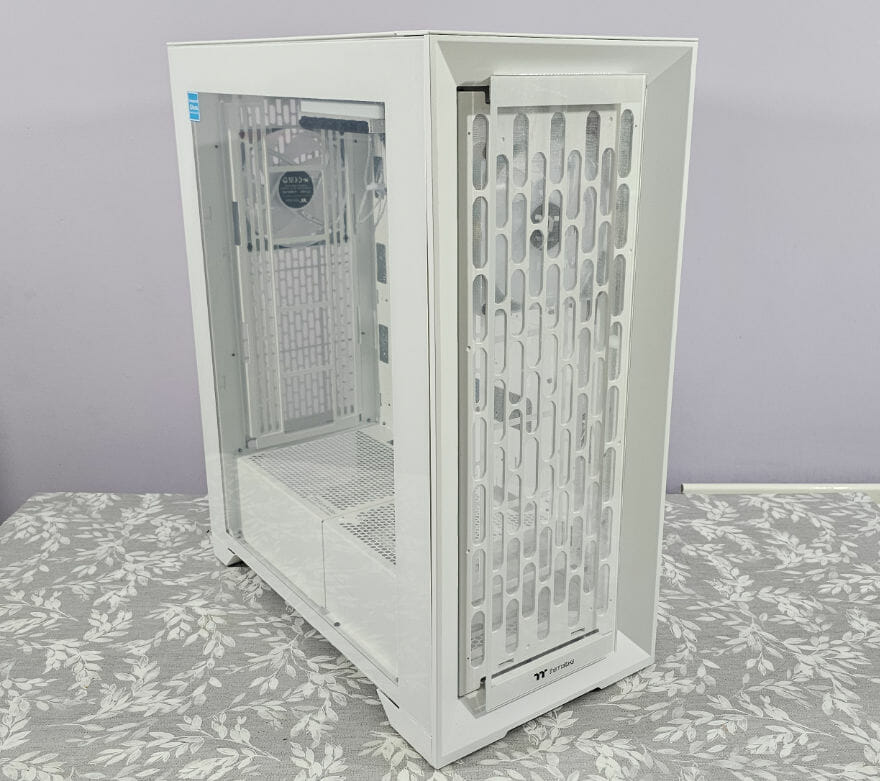
- NZXT H5 Flow: Stylish and functional with good airflow and cable management options, priced around £65 on Amazon UK.
Cooling
- Cooler Master Hyper 212 RGB: An affordable and effective air cooler to keep your CPU temperatures in check, costing about £35 on Amazon UK.
Step-by-Step Budget Gaming PC Assembly Guide
Now you have your parts, it’s time to put it all together:
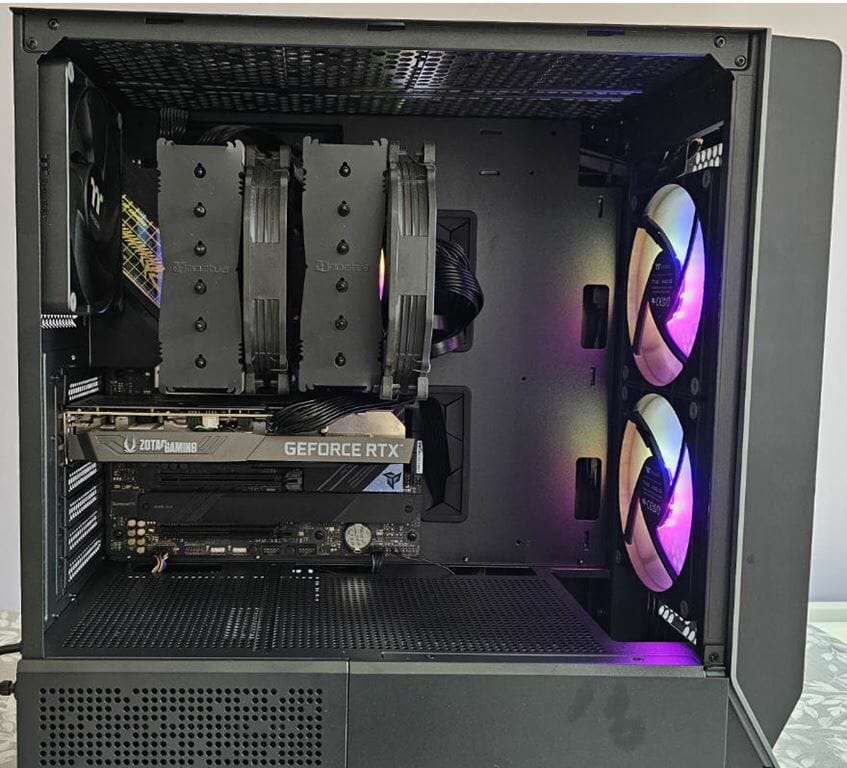
- Prepare Your Workspace
- Ensure you have a clean, well-lit, and static-free area to work on. Gather all your components and tools
- Install the CPU
- Open the CPU socket lever on the motherboard.
- Align the CPU with the socket and gently place it in, ensuring the notches match.
- Close the socket lever to secure the CPU.
- Install the CPU Cooler
- Apply a small amount of thermal paste on the CPU.
- Attach the cooler as per the manufacturer’s instructions, ensuring it is firmly in place.
- Install the Memory (RAM)
- Open the RAM slots on the motherboard.
- Align the RAM sticks with the slots and press down firmly until they click into place.
- Mount the Motherboard
- Place the motherboard inside the case and align it with the standoff screws.
- Secure the motherboard using the screws provided with the case.
- Install the Power Supply
- Place the PSU in the designated area within the case.
- Secure it with screws and connect the necessary power cables to the motherboard and components.
- Install the Storage
- Mount the NVMe SSD on the motherboard’s M.2 slot and secure it with a screw.
- Place the HDD in its designated bay and secure it with screws, connecting it to the motherboard via SATA cable.
- Install the Graphics Card(GPU)
- Insert the GPU into the PCIe slot on the motherboard and secure it with screws.
- Connect the necessary power cables from the PSU to the GPU.
- Connect Case Fans and Front Panel Connectors
- Connect the case fans to the motherboard or PSU.
- Attach the front panel connectors (power switch, reset switch, USB, audio) to the motherboard.
- Cable Management
- Organize and secure all cables using zip ties for better airflow and aesthetics.
- Final Check
- Ensure all components are securely installed and all cables are connected properly.
- Close the case and connect the power cable, monitor, keyboard, and mouse.
Performance Benchmarks
Testing the performance of your newly built PC is crucial to ensure everything is working correctly. Use benchmarking tools like 3DMark, Cinebench, and Unigine Heaven to measure your system’s performance. Compare your results with similar builds to verify that your PC is performing as expected.
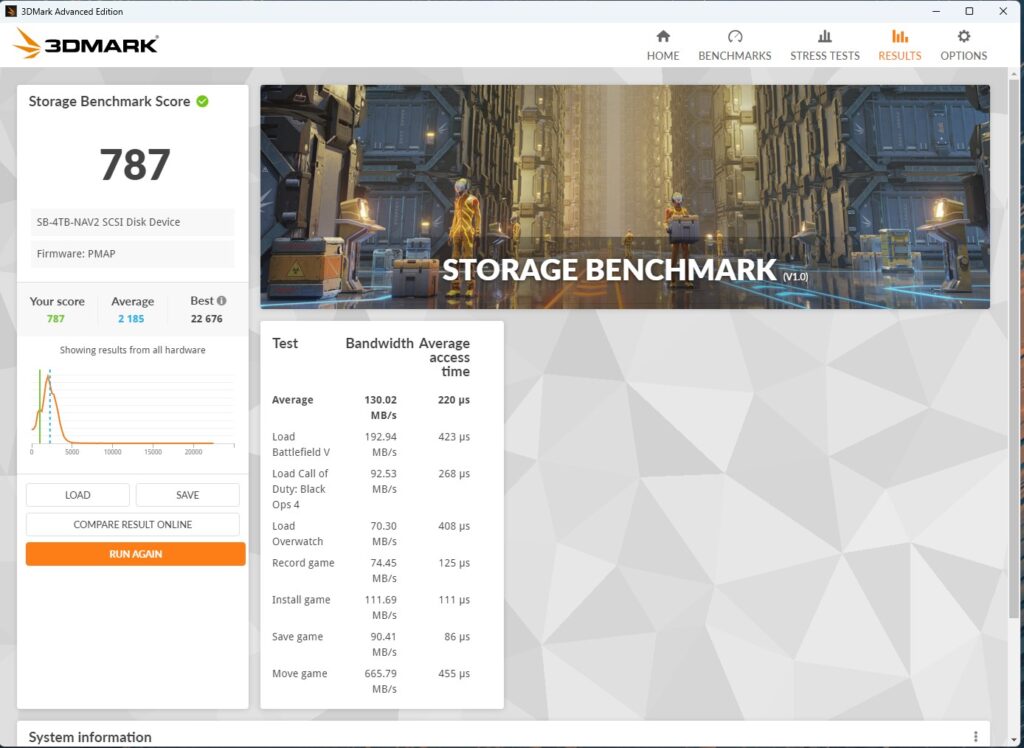
Upgrade Paths
One of the benefits of playing games on PC is that there is no need to buy a brand new one further down the line to play the latest games. Instead, you can upgrade part by part over the years, making them more cost-effective in the long run. Here are some key areas you can look at upgrading:
GPU Upgrade
As new graphics cards are released, consider upgrading to a more powerful GPU for enhanced gaming performance.
Additional RAM
If you find your system struggling with multitasking or newer games, adding more RAM can provide a significant boost.
Storage Expansion
Adding additional SSDs or HDDs can help manage larger game libraries and data storage needs.
Cooling Solutions
Upgrading to a more efficient cooling solution, such as liquid cooling, can improve thermal performance and allow for overclocking.
Necessary Accessories for Your Gaming PC
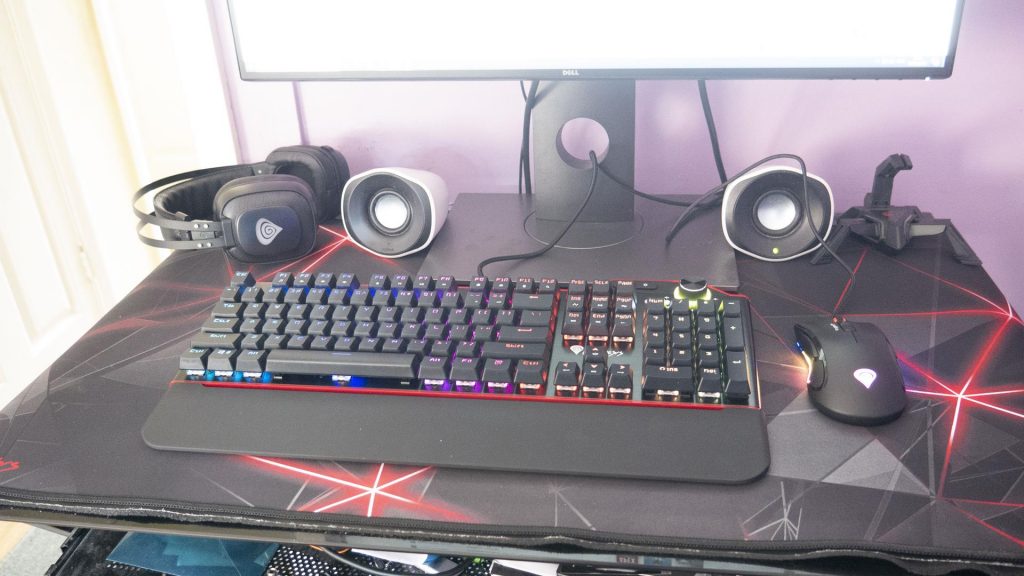
We’ve covered building your PC, but there are some parts that you’ll need such as peripherals and a monitor to go with it so you can use it. And the budget is important here too:
Keyboard and Mouse
Start with a budget-friendly bundle like the Logitech MK270 Wireless Keyboard and Mouse Combo, which offers good performance and reliability for around £30.
These peripherals provide the basic functionality needed to get your system up and running.
Headset or Speakers
For audio, consider the HyperX Cloud Stinger headset, which delivers good sound quality and comfort.
Alternatively, budget-friendly speakers like the Creative Pebble 2.0 offer clear and balanced audio.
Microphone
If you plan on recording content or streaming, a starter microphone like the FIFINE K668 provides excellent sound quality at an affordable price.
Monitor
A decent budget gaming monitor like the AOC 24G2U offers a 24-inch display with a 144Hz refresh rate, ensuring smooth gameplay.
Other Accessories
Consider getting a mouse pad for better control and comfort, and perhaps a USB hub if you need more ports for peripherals.
Bonus Pro Tip
You can often find affordable bundles that include a keyboard, mouse, and headset, which can significantly help in keeping your budget under control. While these budget peripherals will enable you to start using your PC immediately, you can always upgrade to higher-end accessories over time as your budget allows.
Conclusion
Building a budget gaming PC in 2024 is all about finding the right balance between cost and performance. By carefully selecting components that offer the best value for money and following a methodical assembly process, you can create a gaming rig that delivers excellent performance without breaking the bank. Regularly benchmarking your system and planning for future upgrades will ensure that your PC remains competitive and capable of handling the latest games and applications. Additionally, starting with budget-friendly peripherals and upgrading over time ensures you can enjoy your new PC from day one.


